13.04.2022
Photo: Post Bellum / Barbora Zentelová
Information: The National Memory Institute in Prague
The first National Memory Institute in the Czech Republic and throughout Europe opened in the center of Pardubice in mid-March. The entire project is supported by the non-profit organization Post Bellum, which has long been concerned with the real and often problematic fate of 20th century witnesses. But don’t expect boring panels with historical data – you can look forward to highly interactive exhibits that will entertain and educate all generations through the experience.
“The Institute has nearly 400 meters of basement in the Machoň hallway on Míru Avenue, where we tell 20th century stories from East Bohemia. At the same time, we use modern exhibition technology, which complements the emotional narrative of the second totalitarian era. The space above the exhibition is dedicated to programs for schools, regular activities for seniors and there is also a documentary studio,” said Tomáš Heller, Director of the East Bohemia Branch.
Two stories
You will learn about the historical events of the 20th century against the backdrop of the stories of two people who lived during World War II and who shared their memories with documentary filmmakers from the Post Bellum organization.

The first guide was Army General Tomáš Sedláček, who fought in France, England, the Soviet Union during World War II and also took part in the Slovak National Uprising. After the war, he was tortured by the communist regime and sentenced to life in prison in a mock trial.
The second guide was resistance fighter Jaryna Mlchová, who was able to prepare the compound that causes false jaundice. The administration of these substances saves the lives of many people from transportation, which often ends in death, because they are not allowed to be transported sick. “I found in the toxicology library that picric acid causes false jaundice. But the dose must be very careful, because it affects the liver so much that the person can even die,” explains Mlchová in an interview with Paměť národa.
Gastroenterologist Karel Herfort helped him with the right dosage. In his office, the “patient” also reports, and the doctor issues a confirmation that they can’t get on the transport as a jaundice patient. He was in grave danger from participating in the resistance group, and although his apartment was ransacked several times by the Gestapo, he was never betrayed.

How does it look at the exhibition
The impressive atmosphere of the events described is well complemented by the environment of the Institute. “The rooms have no plaster, the walls are exposed brick, there is darkness in them. The environment is purposely, as if rough, to enhance the atmosphere. We had a great job with light, we changed the atmosphere of the place,” Heller told Czech Television. .
At first, the visitors meet on a general introduction and then start their own journey through an exhibition where they discover the story in their own way. “At first, you get a tablet which, along with the headphones, becomes your guide through the entire exhibition. Then you travel to the prepared libretto stop: after you enjoy the widescreen projection, other times you allow yourself to be impressed by the light show that intense or virtual reality scenes, and elsewhere in the archive box you’ll find physical artifacts to the stories being told.We tell each story in ten stops – and we try to subdue all technology to our main goal: to make the story vivid and memorable. at the end,” said Viktor Portel, Head of Film Production at the Nation.

More plans
Although the exhibition has just opened after two years of preparation, its creators already have further plans with it. In the future, it could represent a different part of history every day. One day, visitors will come to the 1950s, the next the Velvet Revolution, or the 1960s. “We also want to expand the number of stories we tell here. People can come back here again and again, always to a different era,” Heller added for Czech Television.
The institution will serve as a cultural and educational center with regular lectures, debates and film screenings for the general public. This exhibition is also open to schools, which in addition to the exhibition itself, there will also be a follow-up workshop. “I warmly welcome this action at a time when it becomes clear to us that war is not just a concept, but can quickly become a difficult reality. In particular, the entire exhibition will show students the reality of the days our ancestors had to go through so that we can live in freedom and democracy today,” said Michaela Matoušková, Deputy Governor of the Pardubice Region.
After the war
The non-profit organization Post Bellum, which founded the Institute, has been searching for and recording witnesses’ memories of key 20th century moments since 2001. Today, Memories of the Nation has about ten thousand of them in a public database.
_20220412.jpg)
“The idea of Memory of the Nation Institutes emerged as a combination of several trends in Post Bellum. We have been collecting eyewitness accounts for over twenty years, and from the very beginning we have tried not only to create an infinite archive, but also to tell the story. For me, the main reason we tell stories is not “enlightenment” about what happened in the 20th century, how difficult or bad it was for many people, and so on. The real reason is that we bring to the public the stories of people concerned about something that somehow withstood the tough test that the totalitarian regime has prepared for them. Or maybe they did not survive as they imagined, but they are able and willing to be authentic witnesses of human struggle in this history. That, I think, is the main reason why we recorded those stories,” concluded Portel.
Other institutions
However, the Pardubice Nation’s Institute of Memory would definitely not be left alone. On March 22, a second one opened in Olomouc in a former sanctuary from the mid-1950s in Bezručovy sady. The third will open in Brno on Radnická Street in the fall, and it won’t be the last either.
Entered by: Andrea Morkusová
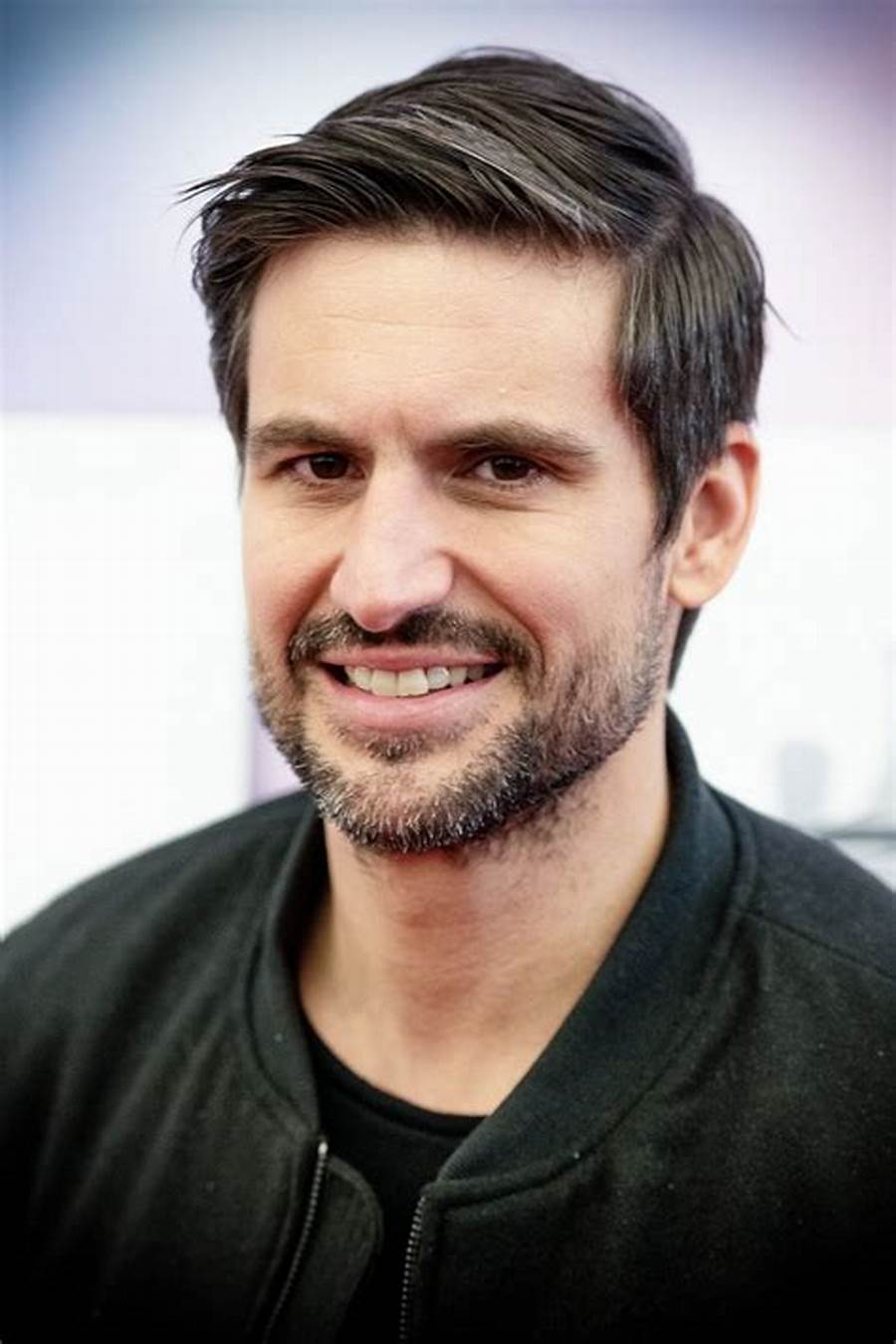
“Hardcore zombie fan. Incurable internet advocate. Subtly charming problem solver. Freelance twitter ninja.”


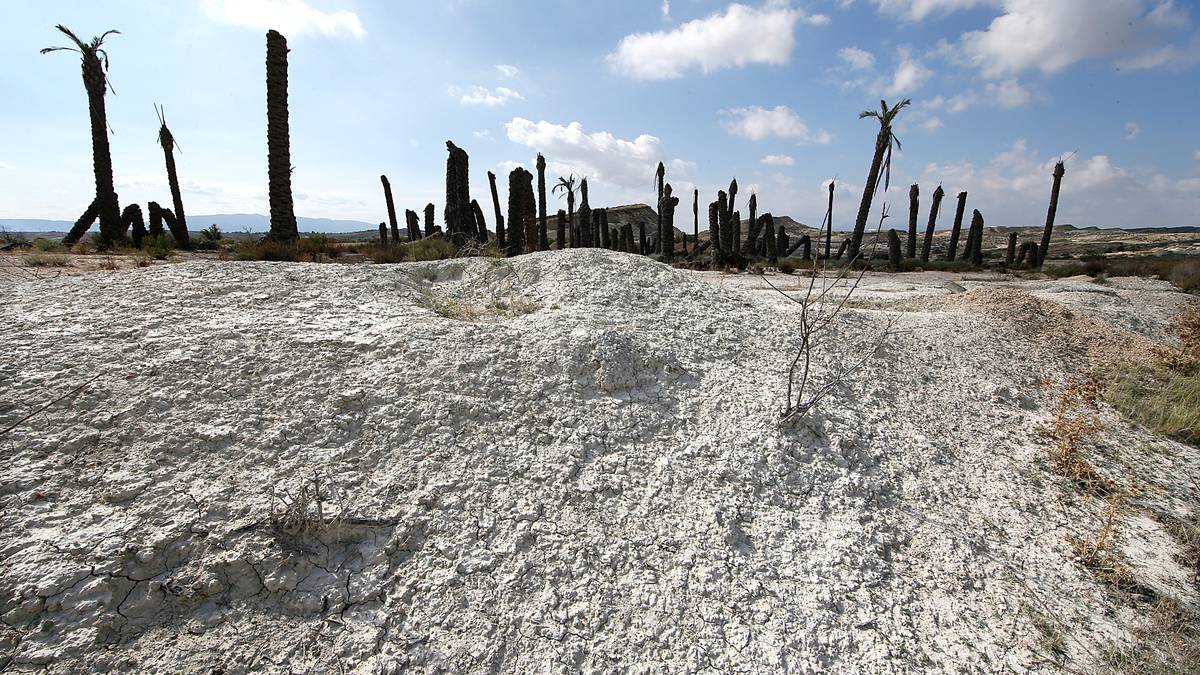
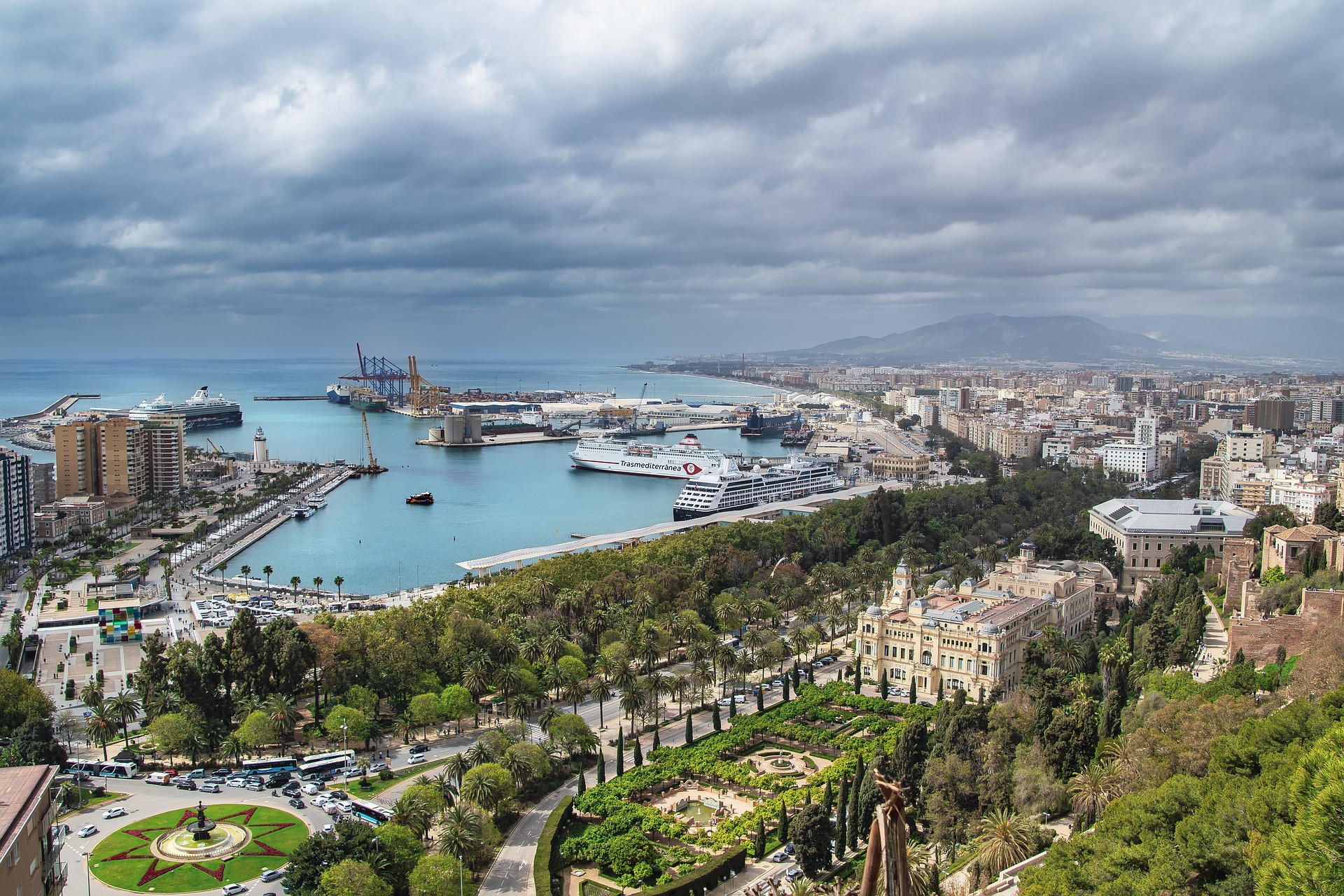
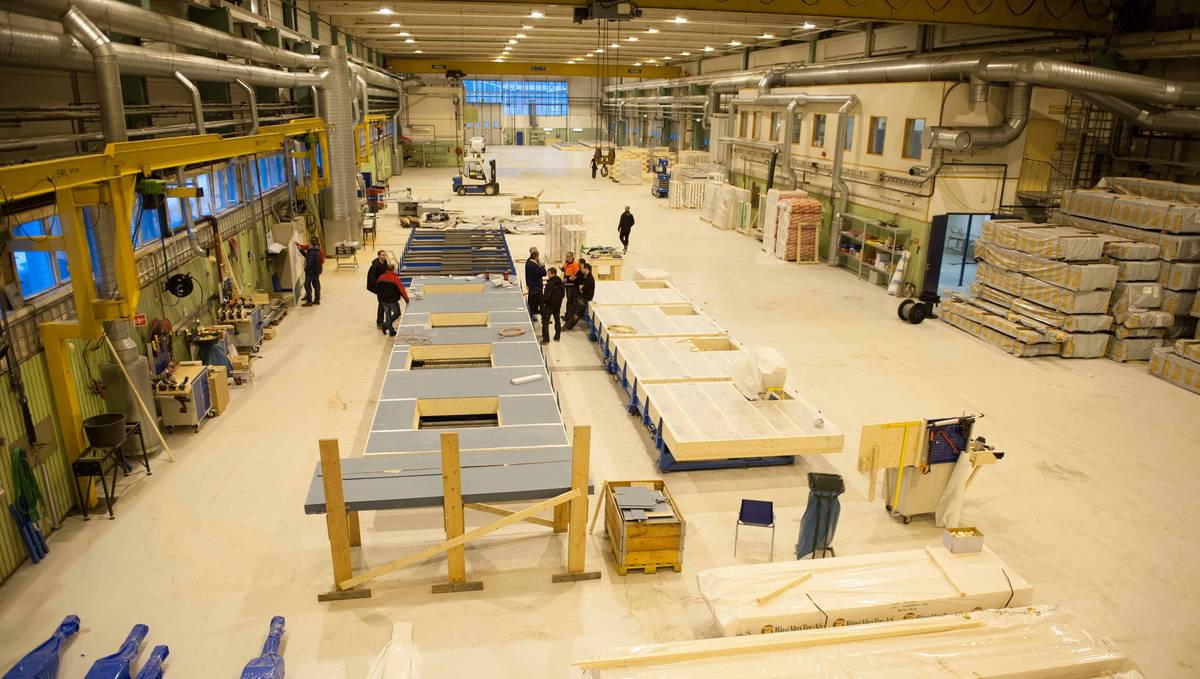
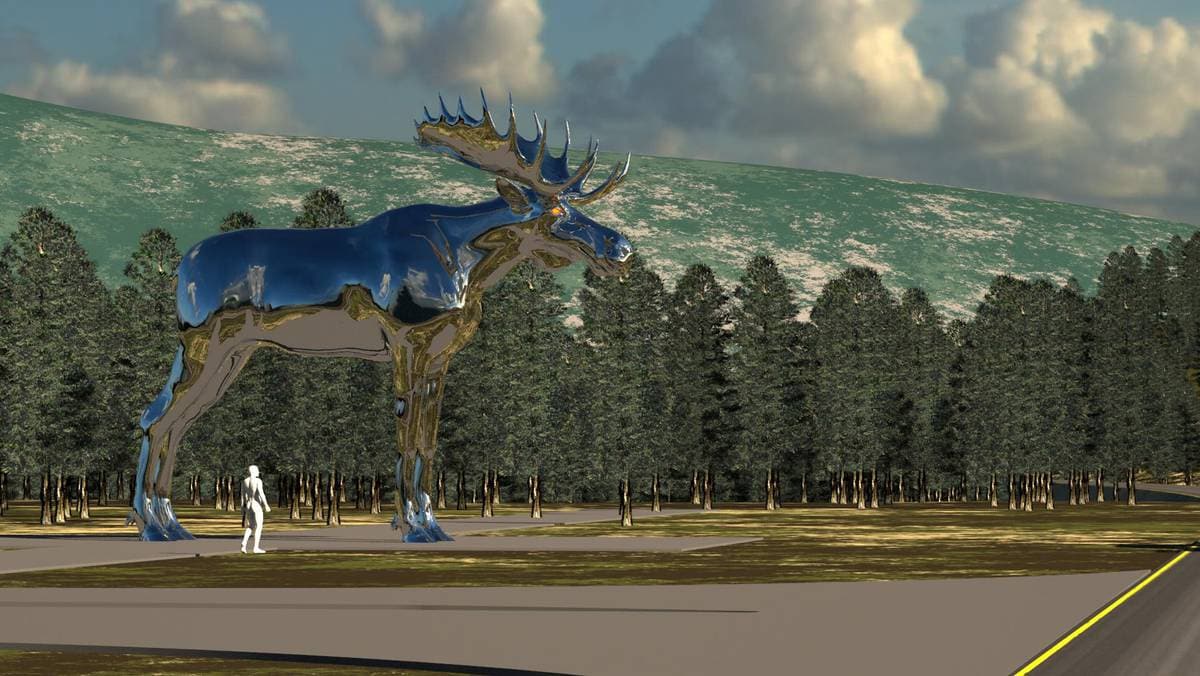

:quality(70):focal(2632x1616:2642x1626)/cloudfront-eu-central-1.images.arcpublishing.com/mentormedier/ZNNRYRVNU6TUOQBBL22PE3O37M.jpg)